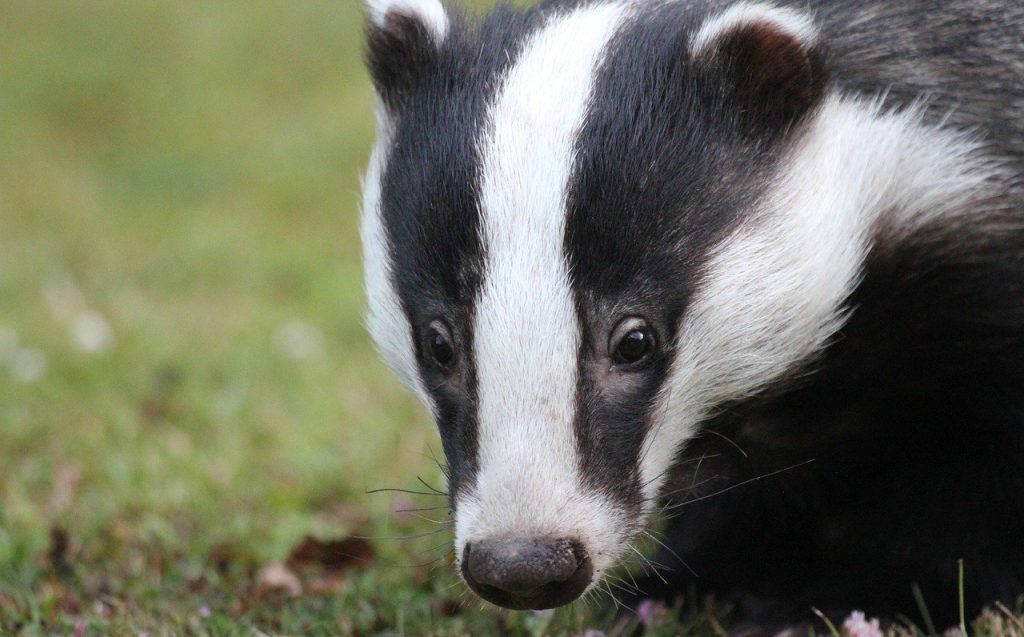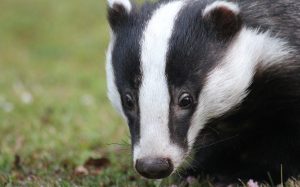Bovine TB and the Badger Cull

Image by PBarlowArt from Pixabay
Please see the bottom of this post for the resources used while researching this subject.
Wild badgers with TB may pass this on to cattle through sputum, urine, faeces, and wound discharge. Bovine TB (bTB) is a serious problem for farmers as it costs them livestock and is expensive to treat. Therefore, the only viable option tends to be killing any infected cattle. If enough cattle are infected or there are repeated outbreaks, it may cause the farm to close down.
In 2013, the government decided that the best way to control the spread of bTB in England and Wales was to cull the badgers in the affected areas. In the ten years that followed, more than 210,000 badgers and more than 330,000 cattle have been killed. In 2023, the government said it wanted to move from culling to vaccinating badgers.
There are several questions that spring to mind, three of which are:
Does this mean the cull was unsuccessful?
Well, it depends on who you believe.
An article written for the BBC in July of 2023 states:
“The number of cattle with bTB going for slaughter in England in 2022-23 was 20,228 a 24% fall on the previous year and the lowest number since 2008.”
“Does this mean we can say the cull worked? Well scientifically no. To do that we need to compare areas with a cull to those without and we can’t do that because the culls are now everywhere.
However a spokesperson for Defra, the environment department, said the government’s strategy “has led to a significant reduction in this insidious disease”.”
The Badger Trust cite various studies that support the view that the cull was not successful:
“Defra’s own reports describe disease rates in England as being ‘broadly stable’, despite slaughtering up to 37% of England’s badger population since 2013 (2021).”
“The only study to date which looked at culling as the main measure was the RBCT (Randomised Badger Control Trial) which finished in 2005. That study found that culling badgers made no meaningful contribution to disease control in cattle.”
“The government’s argument that badger culling is working is based on the peer-reviewed study published in Nature in October 2019 by Downs et al. Yet the report itself states that “these data alone cannot demonstrate whether the badger control policy is effective in lowering bovine TB in cattle”.”
Who is going to pay for the vaccination program?
According to the BBC article, the government will fund the program for four years, but it is not clear who will foot the bill after this. This will be of great concern to farmers, who, like everyone else, are finding their budgets getting tighter. Will vaccinating badgers end up costing them more than the loss of their livestock?
Will vaccinating badgers work?
Like any new approach to a problem, there is always a concern about how effective it will be. Vaccinating badgers is, no doubt, more humane and better for the badger. However, if it does not reduce the spread of bTB, cattle will still be killed, farms may go bust, and people will lose their jobs.
The simple answer is that only time will tell.
All opinions expressed are mine and not Kelp Social’s.
References
https://www.bbc.co.uk/news/uk-england-66091279
https://www.badgertrust.org.uk/badger-cull-facts


Responses